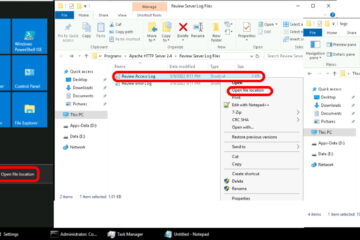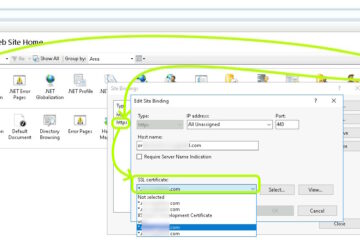Strangely Windows 11 will let users install HyperV components even if their machine will not HyperV. I just went through this and it took me 20 minutes to figure out that I was running an unsupported version of Windows 11.
If you have installed Hyper-V and rebooted but Hyper-V Manager does not appear in your START menu you likely have one of two issues:
- You are running Windows HOME
- HyperV will only operate on Windows Pro, Education, Workstation or Enterprise
- Your BIOS / UEFI has INTEL VIRTUALIZATION TECHNOLOGY set to disabled
We also explain the minimum requirements to run Windows 11 and how to get around errors like:
This PC Can’t Run Windows 11
Does Not Meet Minimum Requirements.
Intro 0:00
Hyper-V Hardware Requirements 0:10
Missing Hyper-V Manager – 0:30
How to Enable Virtualization in the BIOS 0:55
Can Windows 11 Home Run Hyper-V? 1:09
How to Install Hyper-V on Windows 11 1:36
How To Install a Virtual Machine in Windows 11 Hyper-V 2:18
What is Hyper-V Quick Create 2:28
How To Install a VM on Hyper-V 3:00
What is Hyper-V Dynamic Memory 3:30
What is Hyper-V a Dynamic Disk 4:00
How To Download Windows 11 ISO 4:44
Hyper-V VM Settings Explained 5:55
What is Hyper-V CPU Relative Weight 6:17
Fix: This PC Can’t Run Windows 11 – Does Not Meet Minimum Requirements 7:20
How to enable a Trusted Platform Module (aka TPM) in Hyper-V 7:40
FIX: No login on Hyper-V Virtual Machine 8:42
Outro 9:20



1 Comment
SOLVED: Network Card NIC Teaming Explained – Up & Running Technologies, Tech How To's · May 7, 2023 at 8:24 pm
[…] take a simple scenario of a standard on premise Hyper-V host server That has a network team consisting of two 1 Gb connections. Some types of teaming allow […]